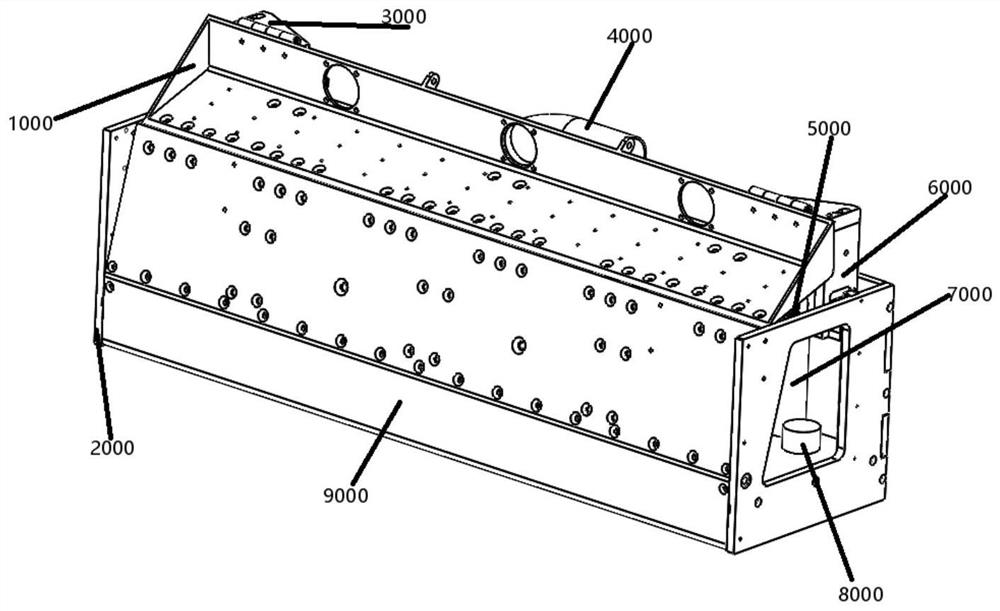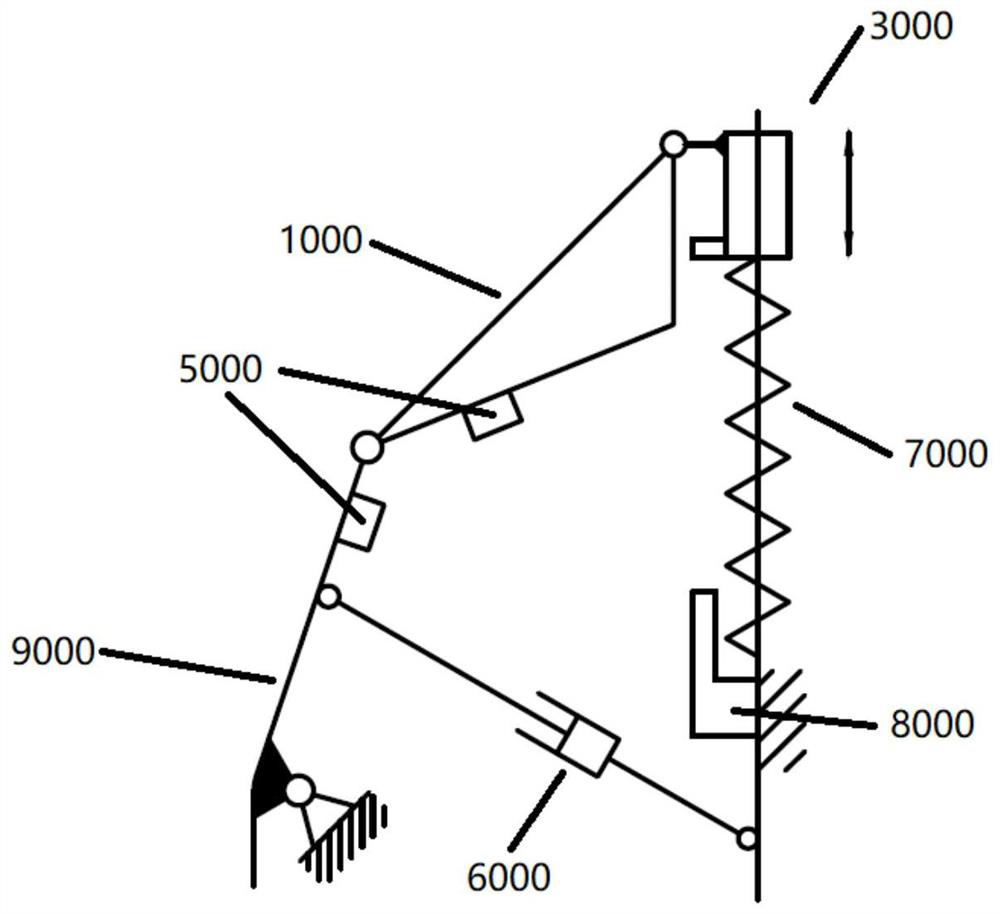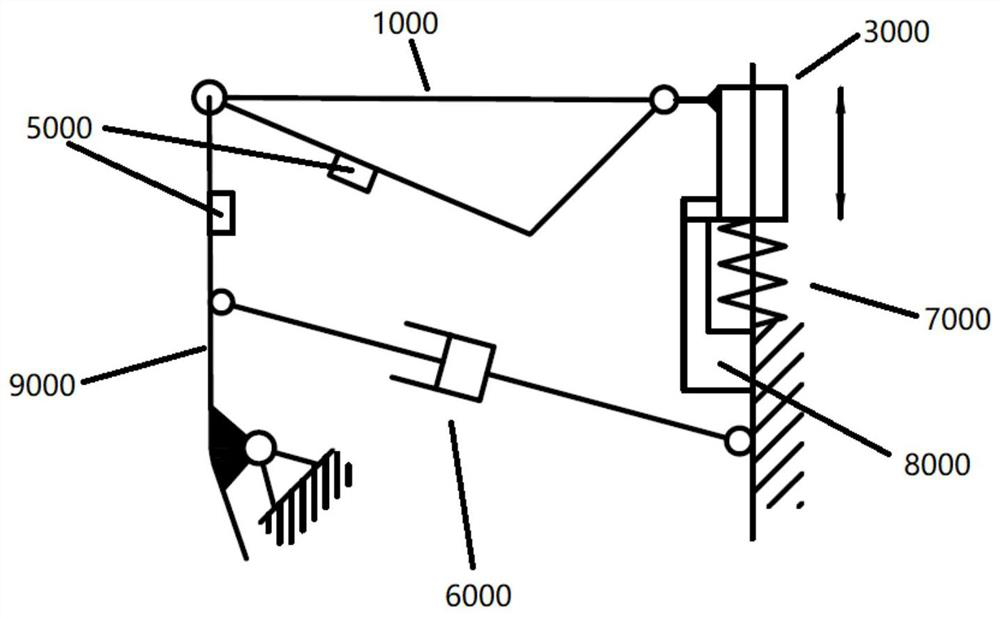Plastering head
A technology for forming boards and components, which is applied in the direction of construction and building construction, can solve the problems of low plastering efficiency, excessive blanking, and high labor intensity, and achieve the improvement of plastering quality, continuous feeding operations, and automation high effect
- Summary
- Abstract
- Description
- Claims
- Application Information
AI Technical Summary
Problems solved by technology
Method used
Image
Examples
Embodiment Construction
[0038] The present invention will be described in detail below in conjunction with specific embodiments. The following examples will help those skilled in the art to further understand the present invention, but do not limit the present invention in any form. It should be noted that those skilled in the art can make several modifications and improvements without departing from the concept of the present invention. These all belong to the protection scope of the present invention.
[0039] refer to figure 1 As shown, it is a structural schematic diagram of a plastering head in a preferred embodiment of the present invention. The plastering head is a kind of technical equipment mainly used for wall plastering, which can realize plastering, scraping, storage and storage of plastering media. Flattening operation, including frame 2000, forming plate 9000, hopper 1000 and linear moving parts 3000 in the figure;
[0040] Among them, the frame 2000 provides a fixed shell for the en...
PUM
 Login to View More
Login to View More Abstract
Description
Claims
Application Information
 Login to View More
Login to View More - R&D
- Intellectual Property
- Life Sciences
- Materials
- Tech Scout
- Unparalleled Data Quality
- Higher Quality Content
- 60% Fewer Hallucinations
Browse by: Latest US Patents, China's latest patents, Technical Efficacy Thesaurus, Application Domain, Technology Topic, Popular Technical Reports.
© 2025 PatSnap. All rights reserved.Legal|Privacy policy|Modern Slavery Act Transparency Statement|Sitemap|About US| Contact US: help@patsnap.com



